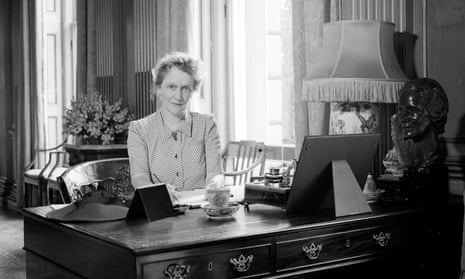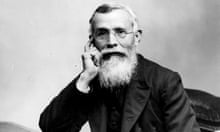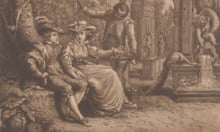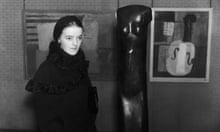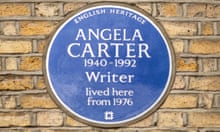English Heritage has admitted that not enough women from history are celebrated with blue plaques and has asked the public to help redress the balance.
Only 14% of the more than 900 blue plaques in London are dedicated to women, a figure that is “far too low”, according to Anna Eavis, the curatorial director of English Heritage.
“The really important thing is trying to encourage people to send more nominations for women; the scheme is driven by public nomination,” she said. “Although over the past two years we have managed to secure a higher percentage of proposals for women, there still aren’t enough.”
Eavis said this year’s centenary of the first votes for women had brought about an increased urgency to rebalance the record of history. “We really hope this enthusiasm will be translated into lots more nominations and, ultimately, more blue plaques for women.”
English Heritage wants more nominations but Eavis stressed selection would remain a highly competitive process. Around 80 people a year are nominated and about 12 plaques are put up.
“The bar is high, we are absolutely not wanting to hand out plaques to anyone. This is a serious thing about recording people who have made a significant contribution and there will be people who do not get through,” she said.
The London blue plaques scheme was founded in 1866, with the first one unveiled at the birthplace of Lord Byron.
It took 10 years for a woman to be recognised with a plaque when one was placed on the home of the stage actor Sarah Siddons. By 1905 only five women had plaques dedicated to them, including George Eliot.
By 1986, when English Heritage took over the scheme from the Greater London Council, there were 45 plaques celebrating women.
English Heritage said it had made some progress in recent years, unveiling another 80 London blue plaques dedicated to women. They include the computing pioneer Ada Lovelace, the DNA scientist Rosalind Franklin and the first woman to sit in parliament, Nancy Astor.
More recent recipients include the cookery writer Elizabeth David, whose books such as A Book of Mediterranean Food (1950) and French Provincial Cooking (1960) transformed making meals from a matter of necessity to one of pleasure.
Another is Agnes Arber, a botanist who published more than 90 scientific papers and eight books, including Herbals, Their Origin and Evolution (1912). A blue plaque will be erected at her home in Primrose Hill on Thursday.
Three more blue plaques for prominent women are in the pipeline, English Heritage said. The women are:
The actor and Upper Norwood resident Margaret Lockwood (1916-90), one of Britain’s most popular film stars in the 1930s and 40s, whose many film roles include a bored heiress in Alfred Hitchcock’s The Lady Vanishes (1938) and the unfulfilled aristrocrat and highway robber Lady Barbara Skelton in the Gainsborough melodrama The Wicked Lady (1945).

The world war two spy Noor Inayat Khan (1914-44) who served with the Special Operations Executive and was the first female radio operator sent into Nazi-occupied France. She was captured and executed by the Gestapo in 1944. Khan was posthumously awarded the George Cross for her bravery in 1949. English Heritage said it was currently trying to find the best location for a plaque.
The traveller, archaeologist, mountaineer and diplomat Gertrude Bell (1868-1926), who played an important role in the establishment of the state known as Mesopotamia, now Iraq, after the first world war. Among her many eye-catching achievements and exploits was surviving 53 hours on a rope during a blizzard on the previously unclimbed north-east face of the Finsteraarhorn in the Swiss Alps in 1902. She was portrayed by Nicole Kidman in the 2015 Werner Herzog flop, Queen of the Desert.
English Heritage said plaques for the writer Daphne du Maurier and the Bloomsbury Group artist Vanessa Bell were likely to follow but more nominations were needed, especially in the areas of science, sport and the fine arts, where women are particularly poorly represented.
